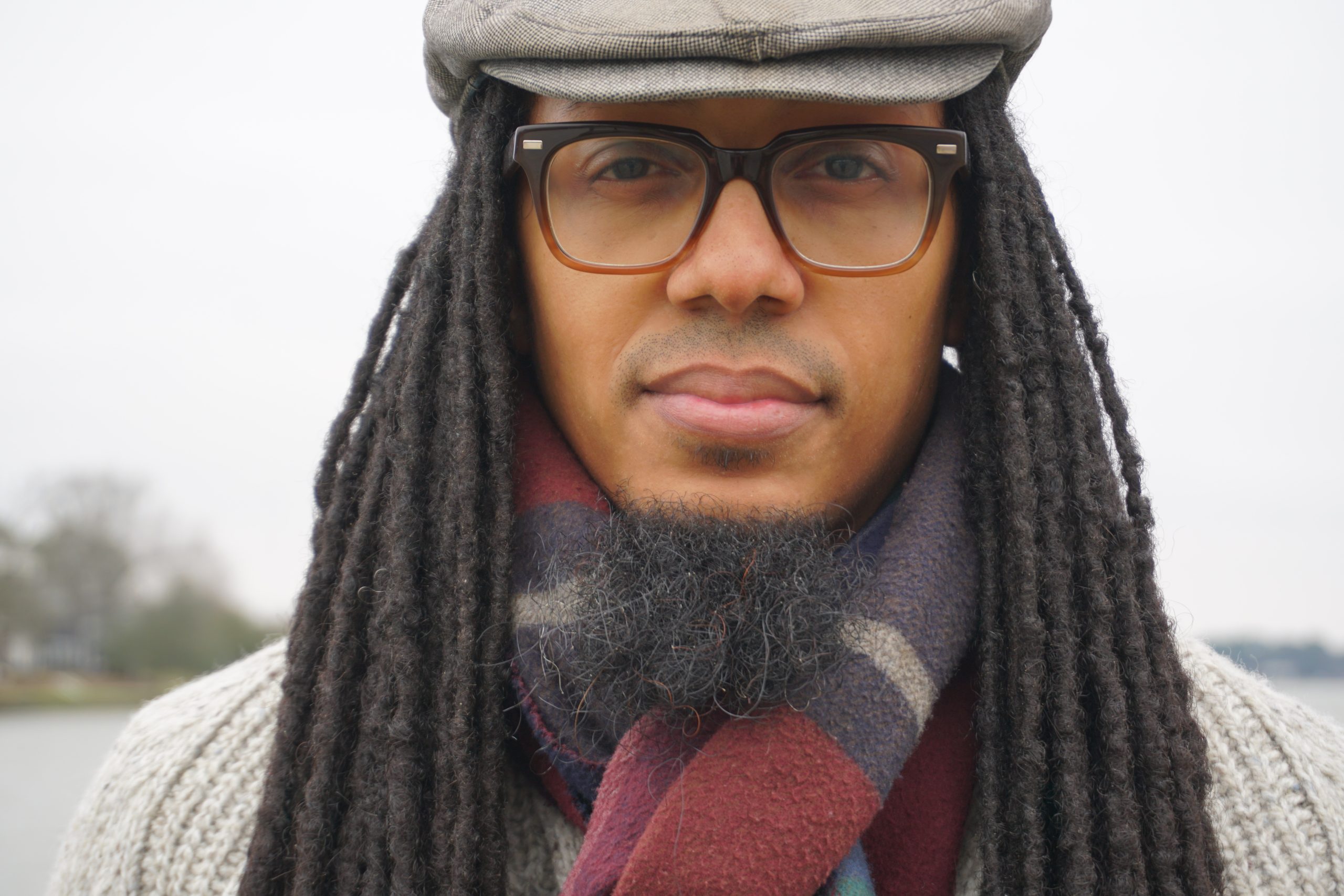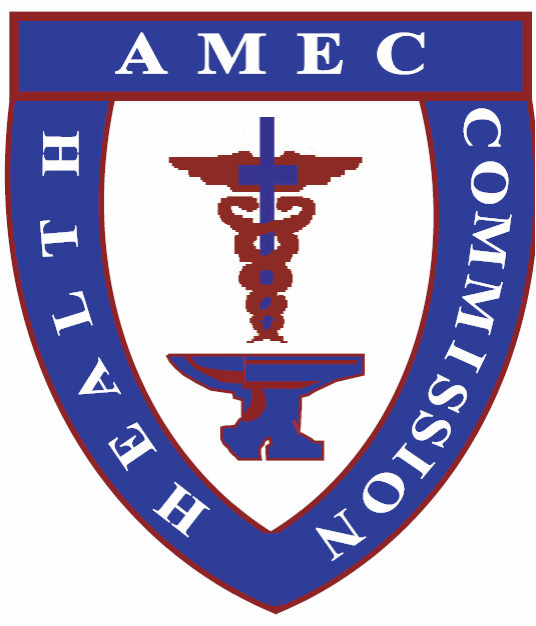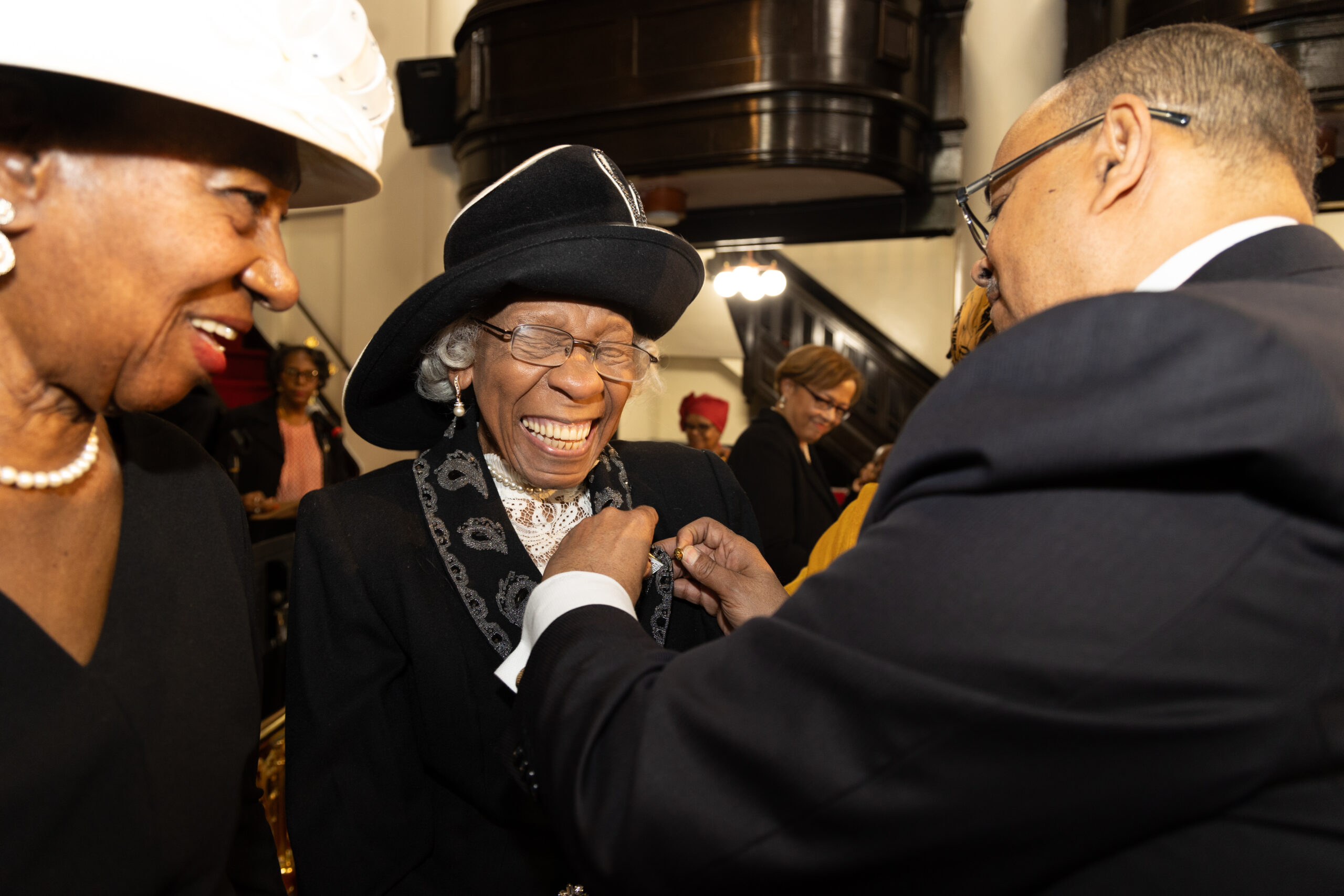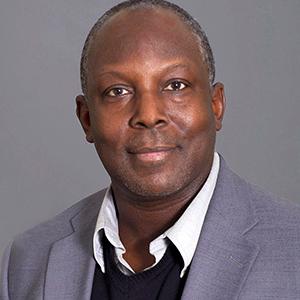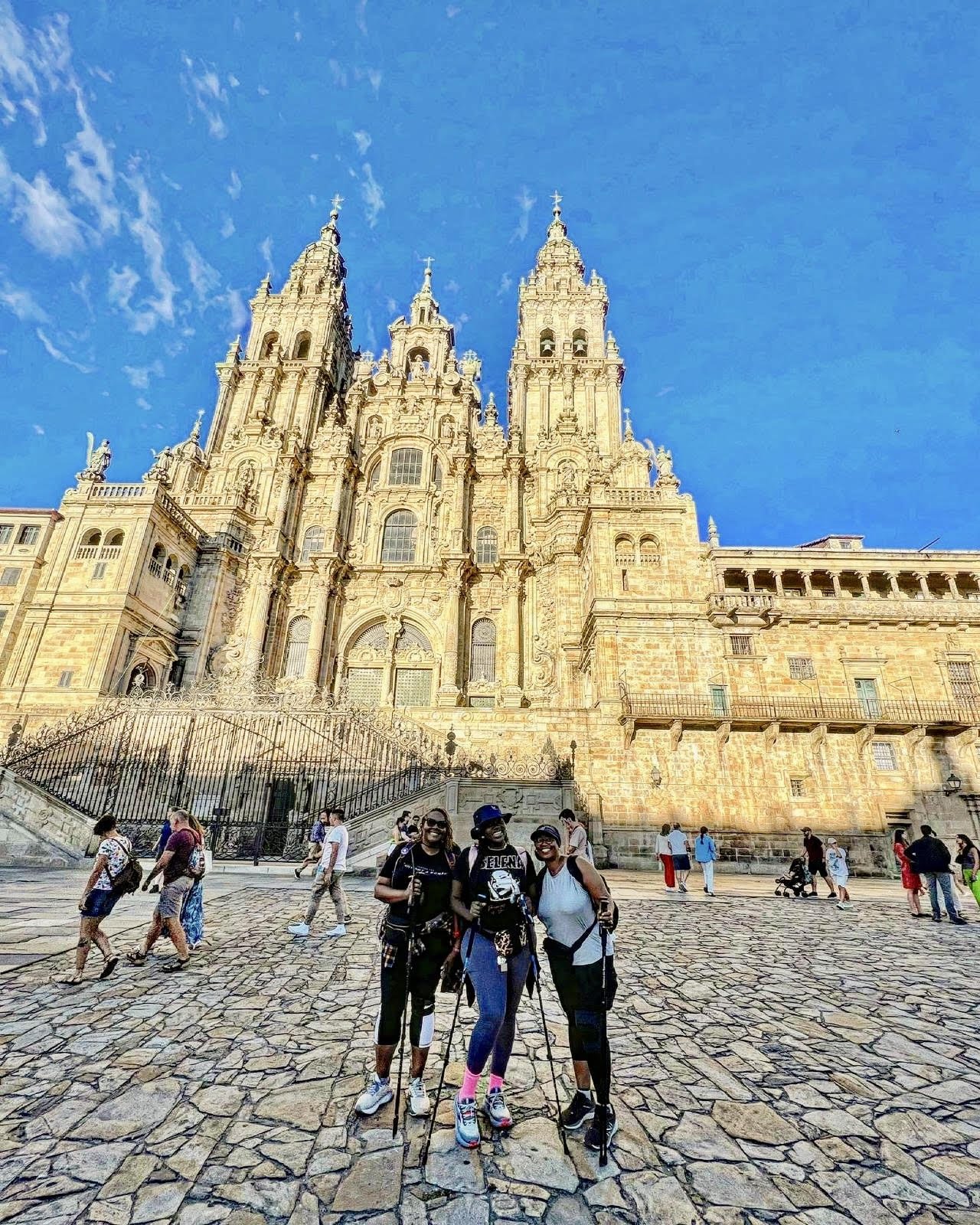Viruses and Violence
By D’Weston Haywood, Ph.D., Columnist
As the world grapples with a global pandemic that has disrupted daily life in every way imaginable, Black people are again forced to also grapple with what it means to be Black in America. This means that on top of wrestling with an unprecedented life-threatening virus, a looming economic collapse, massive unemployment, a fractured healthcare system, and an inept federal response, like most Americans, Black people must also confront challenges not shared by other Americans, challenges thoroughly shaped by race in this country. This time it is the old pandemic: racial violence. The murder of Ahmaud Arbery demonstrates this.
Arbery was jogging when he was gunned down just outside of Brunswick, Georgia, on February 23, 2020. The two men who shot and killed him, Greg McMichael and Travis McMichael—father and son—claimed that Arbery resembled a criminal suspect in a string of neighborhood burglaries. In tones reminiscent of George Zimmerman, who shot and killed Trayvon Martin in 2012 under a similar claim, they followed Arbery until, as footage of the shooting shows, Arbery tried to defend himself when their gunfire brought him down. It would take over 70 days for charges to be brought against the McMichaels. With the release of the footage to the public, public outrage and protests quickly erupted.
Protesters rightly organized, even calling for federal oversight of the police department, especially given that the department took egregiously long to bring charges against the McMichaels. However, their protests thus far have proceeded peacefully. In fact, protesters have remained unarmed. The image points up a striking contrast to protests against shelter-in-place policies that are led by mostly white crowds, brandishing assault rifles and hostile rhetoric in front of state legislatures. Ironically, as these protesters reject COVID-19 as a conspiracy of fake news, they conveniently wear masks, concealing their faces while menacingly parading with guns and issuing intimidating calls for “liberation” and “freedom.” In many ways, it is the anti-lock down protests that set the stage for the actions of the McMichaels.
If we are working to understand and confront one insidious virus wreaking havoc on the world, can we not do the same with another more longstanding virus—white supremacy? Is it possible that we can mobilize state resources and the scientific community to study its origins, what it does to human bodies and societal structures, and how to remedy it?
This is not to diminish the impact of COVID-19. This is to say that our current public discourse surrounding viruses may provide a better vocabulary and frame for understanding how white supremacy operates, how it has plagued people and societies for a much longer time, and has produced an incalculable death toll through genocide, slavery, colonialism, and post-colonialism for centuries. Likewise, its symptoms remain the same today precisely because we have never developed a vaccine for it. Symptoms that continue to force Black people to make decisions as simple as jogging become matters of life or death.

